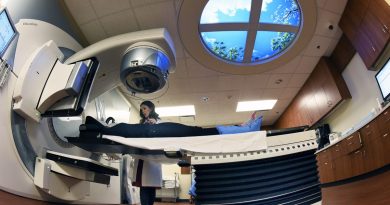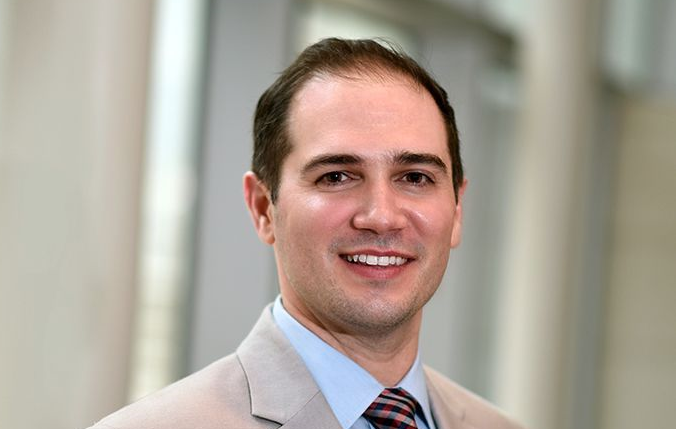Do-not-resuscitate orders: Who should decide?
In August 2017, Governor Greg Abbot signed into law a bill passed by the Texas State legislature during a special session, “An Act relating to general procedures and requirements for do-not-resuscitate orders.”
Do-not-resuscitate (DNR) orders are directives to the healthcare team to refrain from performing cardiopulmonary resuscitation (CPR) or other interventions such as insertion of a breathing tube or administration of medications to restore a patient’s blood pressure if a patient’s heart were to stop.

The law establishes new requirements for putting a valid DNR order in place and provides an opportunity for the guardian or medical power of attorney of a patient who is unable to make his or her own medical decisions to revoke a DNR order that has been put in place. It therefore makes DNR orders harder to create and easier to withdraw.
The bill took effect on April 1 and hospitals will be expected to be in compliance with it this summer, renewing interest in some challenging issues about the use of DNR.
One core debate surrounding DNR orders is the question of who ought to have authority to put such orders in place when a patient is in the hospital. Two conflicting arguments can be made, each of which offers strong support for a different answer.
Patient-directed DNRs
Consistent with the emphasis placed on self-determination in our American healthcare system, one response could be, “I do!” That is, one could argue, each patient has the right to decide whether he or she wants their healthcare team to try to resuscitate him or not.
These are personal choices that involve tradeoffs between the possibility of living longer and the goal of having a peaceful death. Only the patient is in the position to determine which of these things is more valuable.
In some cases, patients are unable to make those decisions for themselves due to chronic conditions such as dementia or medical interventions such as intubation and sedation. Under these circumstances, the argument goes, a surrogate decision-maker should step in and make the decision in a way that is consistent with the known wishes, beliefs and values of the patient.
Physician-directed DNRs
On the other hand, there is a strong ethical case to be made in support of the position that the medical team, usually the attending physician, should make the decision whether to put a DNR order in place for a particular patient.
The physician has substantial training and experience with medical care toward the end of life that they can use to inform that decision. A physician’s judgment may also be less clouded by the emotions associated with death or the loss of a loved one. Most importantly, it‘s the role of a medical professional to determine which interventions are appropriate given the situation at hand.
Physicians are not simply robots following the commands of patients. They are people who have made a commitment to use their expertise to promote the well-being of those patients. As a result, some argue they are in the best position to decide whether attempting resuscitation is likely to help someone or do more harm than good.
No clear answer
In an ideal world, patients or surrogates and healthcare professionals should work together to make these decisions, taking into account both the values and preferences of the patient and the clinical expertise of the physician. But who gets to choose when they disagree?
When push comes to shove, when patient autonomy and a clinician’s professional obligations conflict, which argument is stronger? Who decides? Share your opinion below!
-By Janet Malek, Ph.D., associate professor of medical ethics at Baylor College of Medicine’s Center for Medical Ethics and Health Policy



